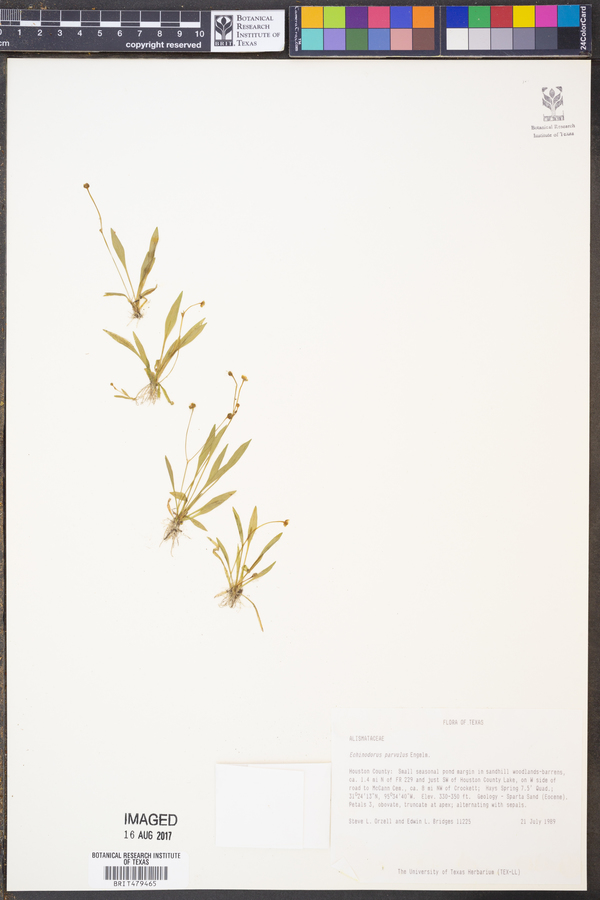Alismataceae
|
Alismataceae |
|
|
Herbs, annual or perennial, rhizomatous, stoloniferous, or cormose, caulescent, glabrous to stellate-pubescent; sap milky. Roots septate or not septate. Leaves basal, submersed, floating, or emersed, sessile or petiolate, sheathing proximally; blade with translucent markings of dots or lines present or absent, basal lobes present or absent; venation reticulate, primary veins parallel from base of blade to apex, secondary veins reticulate. Inflorescences scapose racemes or panicles, rarely umbels, erect, rarely floating or decumbent, whorled (forming racemes) or whorls branching (forming panicles), bracteolate. Flowers bisexual or unisexual, if unisexual, staminate and pistillate on same or different plants, hypogynous, subsessile to long-pedicellate; sepals persistent, 3; petals deciduous, 3, delicate; stamens 0, 6, 9, or to 30, distinct; anthers 2-loculed, dehiscing longitudinally; pistils 0 or 6--1500 or more, distinct or coherent proximally, 1-loculed; placentation basal; ovules1--2. Fruits achenes or follicles. Seeds: embryo U-shaped; endosperm absent in mature seed. Many aquatic with white latex, or semiaquatic. Leaves all basal or leaves below water surface, fairly linear, dimorphic with 2 kinds of leaves, if above, broader expanded. Flowers at top of inflorescence, branched, flowers held at same leaves, umbel or cymose inflorescence, perianth of 3 sepals, 3 petaloid (white and crumpled), 6-many stamens, carpels numerous, distinct, all superior with 1 ovule. Fruit an aggregate of achenes. The phylogeny of both this family and Limnocharitaceae are still unclear. Generally distinguished by being aquatic with basal leaves, usually whorled flowers and an apocarpous gynoecium with basal placentation. |
|
